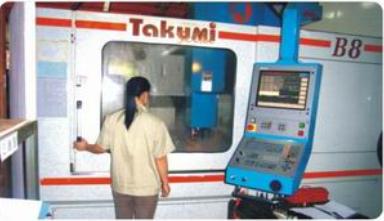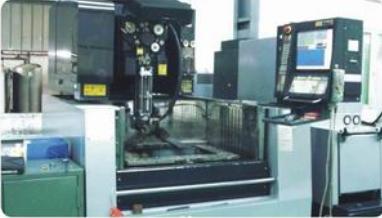Design Guide for Injection Mold
A mold consists of two primary components:
the injection mold (A plate)
and the ejector mold (B plate)
What is a straight pull injection mold?
A part that can be made with a straight pull mold has all its features designed so that when the two halves of the mold pull straight away from each other. Undercuts on the part require mold pieces to pull out sideways, perpendicular to the direction of pull. These are called side actions.
Rib Design
Avoid deep & thin ribs if possible. Deep ribs require draft and clearance in order to allow the milling tool access. The max tool lengths average between 8-12 times the tool diameters. Also worth noting is that deep, thin ribs tend to increase the mold milling time and make hand polishing difficult and time consuming.
Draft
Include sufficient draft. Draft facilitates the removal of the part from the mold. The guidelines associated with the number of degree of draft required will vary with geometry and other part characteristics (e.g. surface texture requirements), but in general the more the better.

Injection Mold Design Center
Supported CAD Formats
• IGES (.iges) The Initial Graphics Exchange Specification (IGES) (pronounced eye-jess) defines a neutral data format that allows the digital exchange of information among Computer-aided design (CAD) systems.
• Sterolithography (.stl)
STL is a file format native to the stereolithography CAD software created by 3D Systems.
• Autocad (.dwg) is a CAD (Computer Aided Design or Computer Aided Drafting) software application for 2D and 3D design and drafting, developed and sold by Autodesk, Inc.
• Catia (.stp) is a multi-platform CAD/CAM/CAE commercial software suite developed by the French
company Dassault Systemes and marketed worldwide by IBM.
• PRO/E (.drw) Or Pro/ENGINEER is a parametric, integrated 3D CAD/CAM/CAE solution created by Parametric Technology Corporation (PTC).







